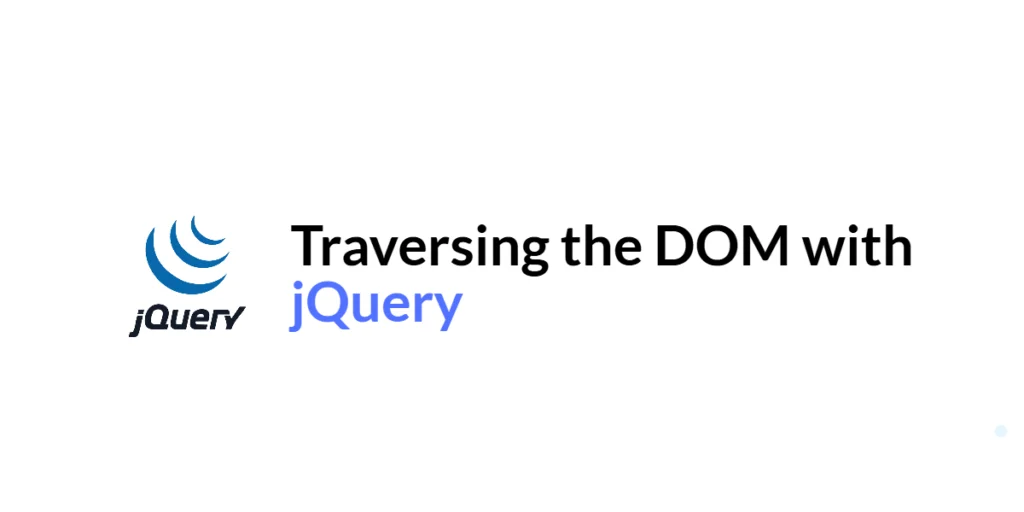Handling JSON Data with jQuery AJAX
Handling JSON (JavaScript Object Notation) data with jQuery AJAX is an essential skill for modern web development. JSON is a lightweight data interchange format that is easy to read and write for both humans and machines. It is widely used for exchanging data between a web server and a client. jQuery, a popular JavaScript library, […]
Handling JSON Data with jQuery AJAX Read More »









